Tata Magic IRIS
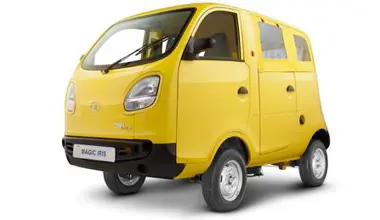




POPULARITY
- This week: 1728 views
- All time: 8902 views
Ex-Showroom Price
| ARAI Mileage (Certified) | 35 kmpl |
| Top Speed | 55 |
| Engine cc (Displacement) | 611 cc |
| Maximum Power | 10.84 Bhp @ 3000 rpm |
| Maximum Torque | 31 Nm @ 1600 rpm |
| Ground Clearance | 160 mm |
| Kerb Weight | 685 kg |
| Fuel Tank Capacity | 10 litres |
Pros
-
Spacious Interiors
(5 of 9 agree)
-
Responsive Braking
(4 of 7 agree)
-
Good Value for Money
(2 of 5 agree)
Cons
-
Underpowered Engine
(2 of 4 agree)
-
Permanently Discontinued
(1 of 1 agree)
-
Limited Sales & Service Outlets
(2 of 3 agree)
-
Noisy Diesel Engine
(1 of 2 agree)
Our take on this /// Verdict
Tata Magic IRIS is clearly an economised solution for city travel. The CNG variant, owing to its small size, is well suited to metropolitan environment. Although the five-seater is made of tough folded sheet metal and provides good safety, it also has some style. The vehicle has a good performing engine delivering decent fuel economy, which is great for it being used on a daily basis. All things considered, the Tata Magic IRIS is not just a vehicle, but also an efficient solution for any urban tourism.
Latest Updates
QUICK FACTS & INFORMATION | |
| Car Type | MUV |
| Fuel Type | Diesel |
| ARAI Mileage (Certified) | 35 kmpl |
| Top Speed | 55 |
| Official Tagline | Public Transport Ka Ek Naya Avatar |
ENGINE & TRANSMISSION | |
| Engine cc (Displacement) | 611 cc |
| Maximum Power | 10.84 Bhp @ 3000 rpm |
| Maximum Torque | 31 Nm @ 1600 rpm |
| Engine Details | 4 Stroke, Naturally Aspirated, Direct Injection , Water-Cooled Diesel Engine |
| Number of Cylinders | 1 |
| Clutch Type | Single Plate, Dry Friction Diaphragm Type, TA59 With Synchromesh (4 Forward Gears), Constant Mesh (Reverse Gear) |
| Front Axle | Independent Stub Axles |
| Rear Axle | Transaxle With CV Shafts |
| Emission Norms | BS III |
PERFORMANCE & MILEAGE | |
| Mileage (City) | 28 kmpl (approx.) |
| Mileage (Highway) | 32 kmpl (approx.) |
DIMENSIONS & WEIGHT | |
| Overall Length | 2960 mm |
| Overall Width | 1512 mm |
| Overall Height | 1800 mm |
| Wheelbase | 1650 mm |
| Ground Clearance | 160 mm |
| Kerb Weight | 685 kg |
| Gross Vehicle Weight | 1110 kg |
| Turning Radius | 3.50 metres |
| Front Track | 1250 mm |
| Rear Track | 1310 mm |
CAPACITY | |
| Seating Capacity | 4 (2 + 2) |
| Number of Seating Rows | 2 Rows |
| Number of Doors | 4 Doors |
| Fuel Tank Capacity | 10 litres |
BRAKES & SUSPENSION | |
| Front Brakes | Hydraulically Activated Drum Brakes |
| Rear Brakes | Hydraulically Activated Drum Brakes |
| Front Suspension | Independent MacPherson Strut, Hydraulic Double Acting Shock Absorber |
| Rear Suspension | Coil Spring With Semi Trailing Arm, Hydraulic Double Acting Shock Absorber |
WHEELS & TYRES | |
| Tyre Size | 145/80 R12 X 6 PR Radial |
COMFORT & CONVENIENCE | |
| Power Sockets | |
| Air Conditioner | |
| Front Bucket Seats | Yes (Driver & Co-Driver) |
EXTERIOR FEATURES | |
| Tinted Glass | |
| Body | All Steel Body With Double Sheet Steel Doors |
INTERIOR FEATURES | |
| Glove Box | Yes (Lockable) |
| Sunvisor with Ticket Holder | Yes (At Driver Side) |
ACTIVE & PASSIVE SAFETY FEATURES | |
| Rear Seat Belts | |
| Front Seat Belts | |
INFOTAINMENT | |
| Music System | |
SEATS & UPHOLSTERY | |
| Folding Rear Seats | |
| Fabric Upholstry | |
| Driver Seat Adjustment | Yes (Manually Adjustable Driver & Co-Driver Seat) |
Key Features of the Car | |
| Steering | Wheel Steering, Mechanical Rack & Pinion Type, 350 mm Diameter |
Latest News
Recently Added News
Tata Magic IRIS Videos
Tata Magic IRIS Review
Overview
My Take on the Tata Magic IRIS: An Almost Successful City Companion
It’s given me the opportunity to drive more vehicles on the Indian market than I can remember. Today, however, I’m pleased to bring to you my thoughts on something a little bit different — the Tata Magic IRIS. For a while, this quirky little vehicle was trying to seek out a place between an auto rickshaw and a proper four-wheeler, and it seemed like it might actually work. Spoiler alert: it didn’t. But hey, let's dig in and see what it was all about.
Introduction: A Compact Vision for Urban Mobility
The Tata Magic IRIS is a four-wheeled compact vehicle designed to fulfill last-mile connectivity. This tiny, interesting vehicle caught my eye when it first crossed my line of sight: I felt there was more to this vehicle than what was presented. It was a fresh attempt at something safer and more comfortable than an auto-rickshaw, without being as bulky or expensive as a commercial vehicle. That’s actually a tough balance to achieve by all means.
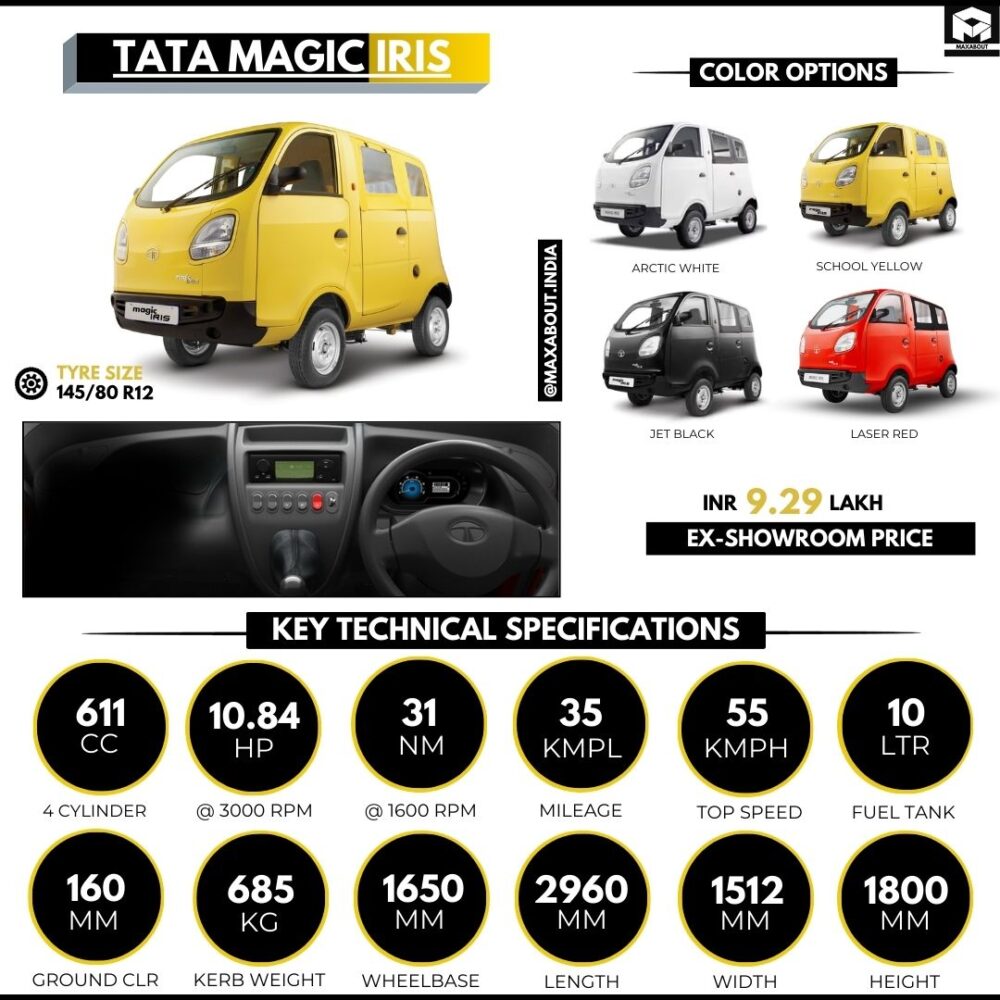
Design and Aesthetics: Function Over Form
Upfront, practicality was the number one priority for Tata’s team when they sketched out the Magic IRIS. It isn’t a car that will earn you admiring glances; it was built to solve a very specific problem. Short (at just under 3m) yet tall enough to provide a surprisingly spacious cabin, and with sliding doors, it’s easy to hop in and out – a vital factor if you’re hemmed in amongst city traffic. While the front grille and rectangular headlamps were nothing to write home about, they worked. And that’s kind of the point.
The story was the same inside—basic but practical. The buttons were minimal, the space extremely usable, and the dashboard was simple. Passenger seating was on bench-type seats for four passengers plus the driver. Efficiency was the key; comfort was not at the forefront. It wasn’t cozy, but it served the purpose if you planned to do quick trips in the city.
Performance and Powertrain: Getting the Job Done (Slowly)
The Magic IRIS retained the 611cc air-cooled, single-cylinder diesel engine from Tata. It turned out about 11 horsepower, which doesn’t seem like much—and it wasn’t. But this wasn’t a car that needed speed. It was aimed for short urban trips, and within those limits, it went well. The 4-speed manual transmission wasn’t anything special either—gear changes could be a bit clunky—but it got the job done.
During my test drive, it was actually quite peppy in city traffic. It deftly moved around with its light weight (about 685 kg) and topped out at a modest 55 km/h. Anything more in the cities of India would have been unnecessary—and perhaps even scary!
Features: Bare Minimum, But Useful
The Magic IRIS wasn’t equipped with fancy infotainment systems, but it had a few neat touches that were useful:
- Power steering: A lifesaver for navigating tight city corners.
- Fog lights: A nice addition for early mornings or foggy evenings.
- First aid kit: A thoughtful touch for a commercial vehicle.
That’s pretty much it. No digital displays, no driver assists, and certainly no autonomous features. But at this price point, you couldn’t really complain.
Variants
The Magic IRIS came in two flavors: diesel and CNG. Both had their own use cases. In my mind, the diesel variant seemed more sensible with its efficiency and relatively low running cost, especially if you were in an area with good CNG infrastructure.
Market Position and Pricing: Bridging the Gap
Launched at a price range of ?2.70 to ?3.40 lakhs, Tata’s Magic IRIS was an option for those who were upgrading from an auto-rickshaw but weren’t ready to jump to a full-fledged car. It was a bit more expensive than the three-wheelers it was meant to replace, but the additional expense seemed worthwhile—more safety, more stability, and a touch more comfort.
Who Was the Magic IRIS For?
The Magic IRIS was clearly targeted at a specific audience:
- Shared rides, shuttle services, and last-mile connectivity providers.
- Small businesses needing an affordable, compact vehicle.
- Shared taxi operators in smaller towns and cities.
It filled a niche that no other vehicles really covered, allowing people to move on from three-wheelers without leaping to full-size vans.
Value for Money: Getting Your Money’s Worth
For a trusty city runabout, the Magic IRIS offered great value. Powered by diesel, it had an amazing fuel economy of around 35 km/l, which is excellent for business purposes. Additionally, Tata’s after-sales network made maintenance both easy and affordable.
However, if you wanted comfort, you needed to look elsewhere. The Magic IRIS worked well for getting from point A to point B cheaply and reliably, but comfort and luxury weren’t its selling points.
Mileage and Fuel Efficiency: Sipping, Not Gulping
The fuel efficiency was one of my favorite aspects of the Magic IRIS. Tata claimed 35 km/l, and during my test drive, I came close to buying that claim. With a 10-liter tank, you could expect to cover around 350 km—ample for urban use.
Competitors: Where Did It Stand?
The Magic IRIS competed with both three-wheelers and other small four-wheelers, such as:
- Mahindra Jeeto: With a bigger engine and greater load capacity, but the Magic IRIS beat it in fuel economy.
- Piaggio Ape: A well-known brand in the three-wheeler space.
While the Magic IRIS was a definite cut above the usual auto-rickshaws in terms of comfort, safety, and passenger experience, the higher price tag limited its appeal to buyers focused purely on initial investment.
Final Thoughts: A Bold Idea That Didn’t Deserve Its Lack of Success
Where does the Tata Magic IRIS stand? To me, it was a brave attempt to rethink urban transport. It wasn’t about luxury or performance—it was a workhorse. And while it lacked fancy features or a smooth ride, it excelled at its intended job.
With a little more polish or a few additional features, could it have found a bigger market? Maybe. I liked it for what it was—a practical, cheap solution for crowded city streets. The Magic IRIS did what it was supposed to do, no more, no less.
Tata has ceased production of the Magic IRIS, but you might still spot a used one shuttling passengers or deliveries. Built to last, the Magic IRIS is still a relevant option for those in need of a small, efficient city vehicle.
In conclusion, I believe the Tata Magic IRIS deserves applause. It was an effort to evolve urban mobility, and while it didn’t reach its full potential, it was a fascinating step forward in city transport evolution.
Colors
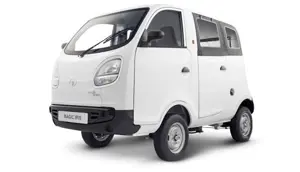
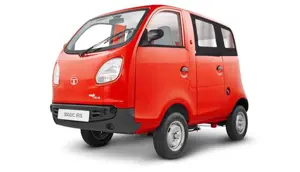
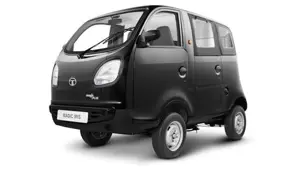
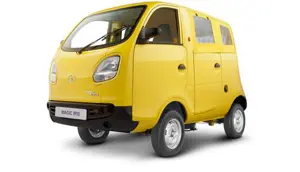
Discussions and Questions Tata Magic IRIS
How much on road price in alappuzha for tata magic iris 4seater
The on-road price for the Tata Magic IRIS 4-seater in Alappuzha is approximately ?2,700,000 to ?3,400,000, considering the ex-showroom price range and additional costs such as registration, insurance, and other local taxes.
Is tata magic iris is available in the market now?
The Tata Magic Iris is no longer available in the market, as it has been discontinued by Tata Motors. This decision marks the end of its production and availability, despite its past popularity as a compact, safe, and stylish people carrier for last-mile public transportation.
Is the Tata Magic IRIS culturally significant in terms of Indian automotive engineering?
Can the Tata Magic IRIS be a practical solution to last mile connectivity in Indian cities?
Should Tata Magic IRIS be allowed as a school transport vehicle?
View All Tata Magic IRIS Discussions
Ask a Question
Featured Tata Comparisons
User Reviews for Tata Magic IRIS
Iris diesel is a good vehicle.
Its a good vehicle for taxi service. But its pulling in the first gear should improve. Its look was awesome. It can a mileage of 26 km/h as average.
Best Features: Looks.comfort.mileage
Pros: Its a good choice for taxi service
Cons: Pulling in first gear is so poor
engine complaint in 2019 model runs only 2000 km.
my new iris purchased on Feb 2019 runs only 2000 km major engine oil leakage and company resided to replace the engine
Best Features: very bad customer support
Pros: very bad customer support
Cons: break system
This vehicle is very good a small family & transportation
A good vehicle for a small family & transportation but spare parts is not available in bikaner (Raj.) So i can not satisfied with the service distributor. The vehicle is very good.
Best Features: Milege is very good & non mainteness whecle
Pros: Very good milege & low mainteness
Cons: Spare parts is not avilebel




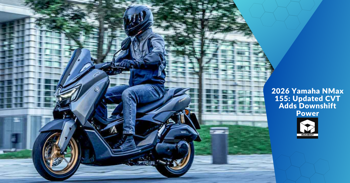
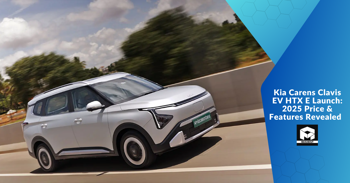
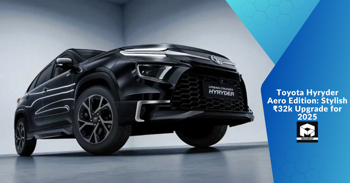
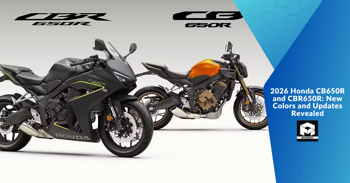
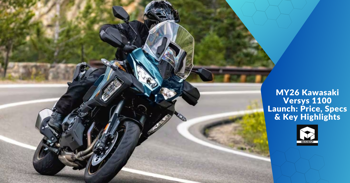
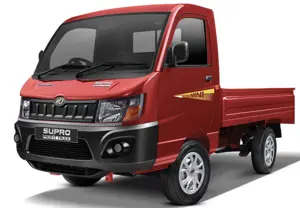
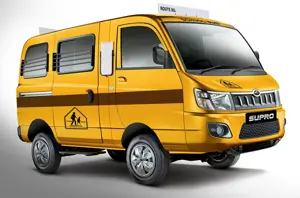
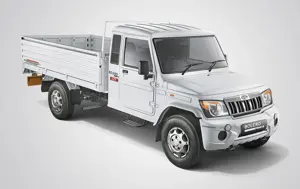
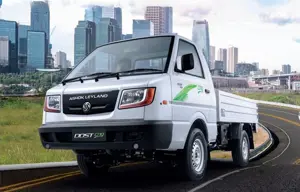
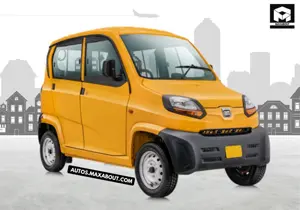
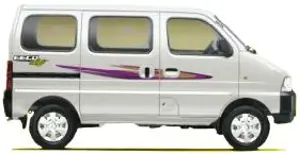
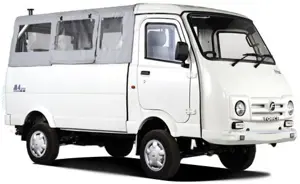
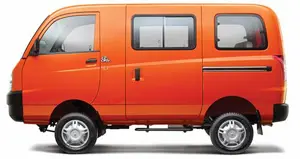
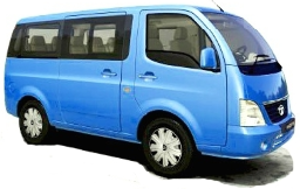
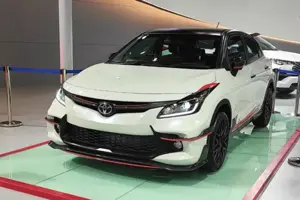
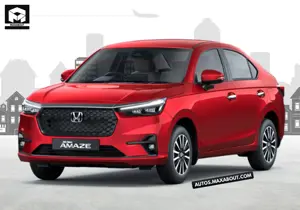
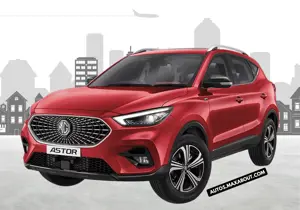
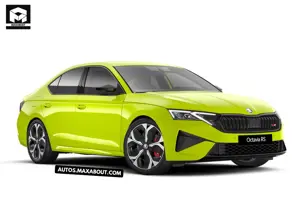
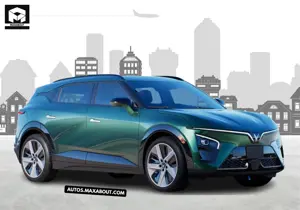
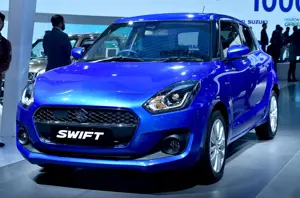
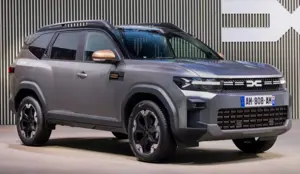
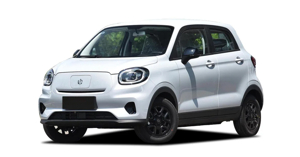
Tata Magic IRIS Discussion
Post a Comment